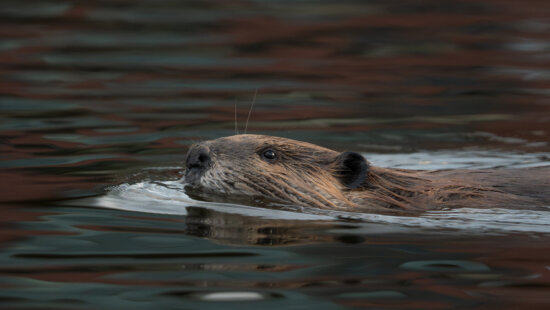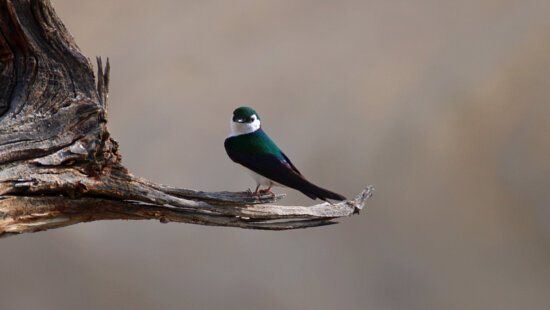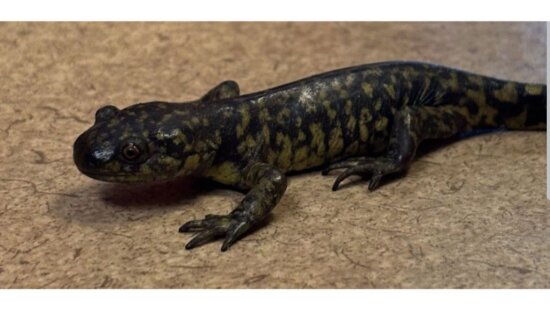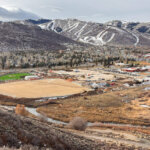Environment
Wild Wasatch: Late-summer sunflowers brighten Summit County landscapes
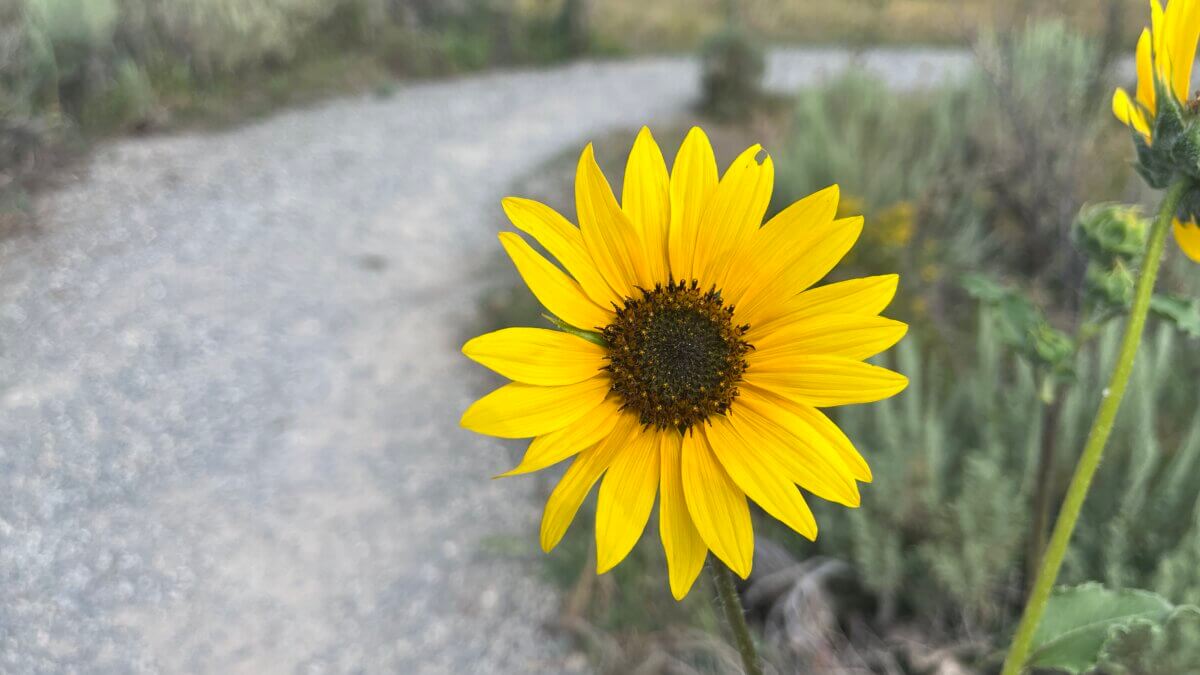
A wild common sunflower (Helianthus annuus) blooms along a Summit County trail in late summer. Photo: Rebecca Brenner
SUMMIT COUNTY, Utah — Just as school buses are getting ready to return to Summit County roads and the long days of summer begin to shorten, the common sunflower (Helianthus annuus) bursts into bloom along foothill slopes, field edges, and roadside ditches. The golden displays, familiar to residents this time of year, signal a seasonal turning point, according to the National Park Service.

The plant’s tall, coarse, hairy stems can range from 3 to 40 decimeters — approximately 1 to 13 feet — topped with large yellow heads that are composite structures composed of dozens of smaller florets. The showy outer ray florets surround a center disk, most often purplish red, that is composed of tiny, tubular florets. This arrangement, the National Park Service notes, is characteristic of the Asteraceae family and maximizes pollination potential.
In Summit County, these late-summer blooms can be found in a variety of habitats. They thrive in riparian corridors, open grasslands, and shrub-dominated slopes, as well as in disturbed soils, such as those found in ranch outfields and roadside cuts. The National Park Service reports that H. annuus supports a range of pollinators, including bees and flies, providing a critical late-season food source before colder weather arrives.
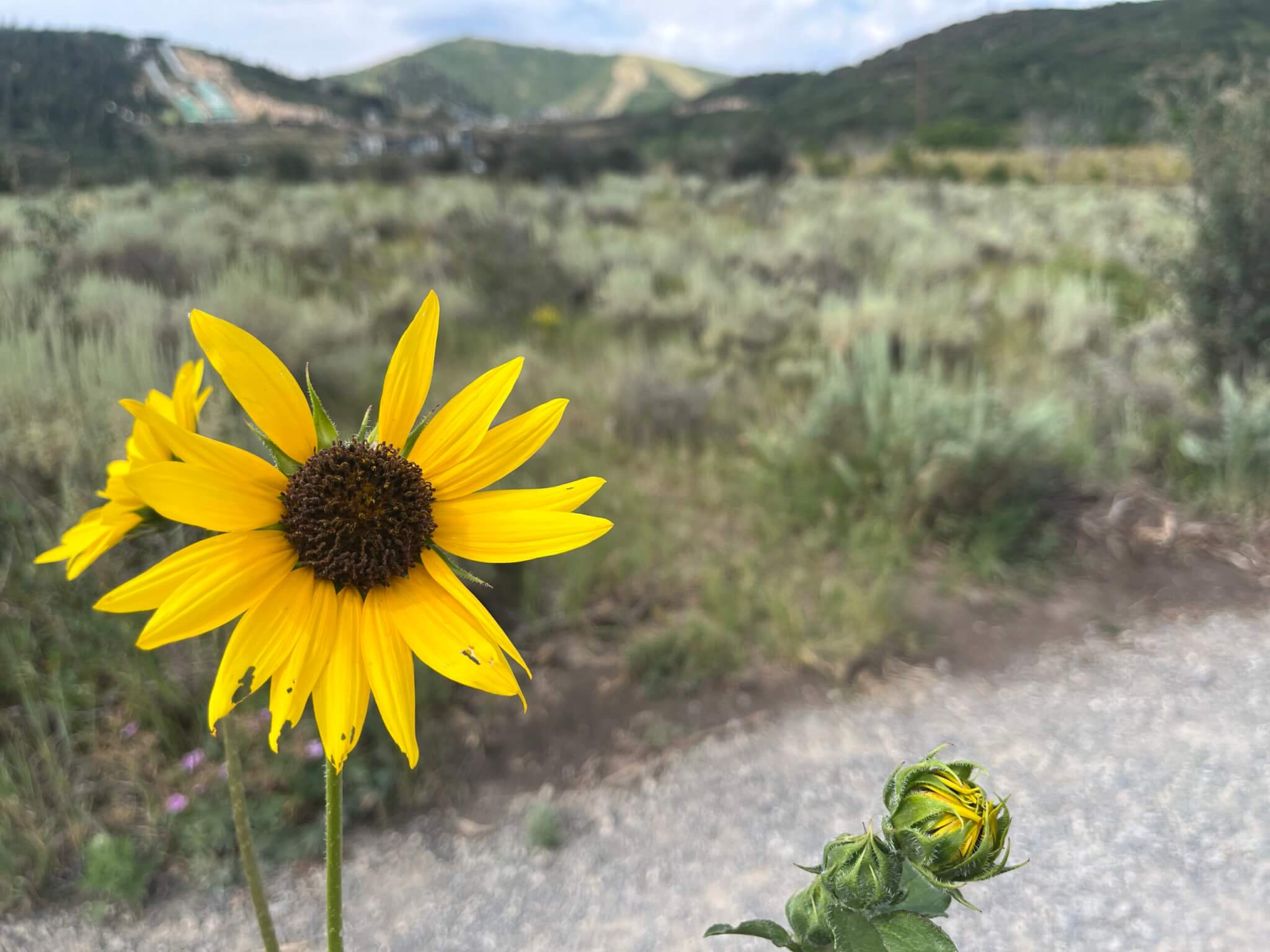
While cultivated sunflowers are commonly found in gardens and agriculture, the wild common sunflower grows naturally without planting or maintenance. In the Wasatch foothills, it is found in areas with full sun and well-drained soil, often in disturbed sites where it can establish quickly. The National Park Service notes that its ability to adapt to a range of conditions makes it a widespread and recognizable part of late-summer landscapes in the region.

















